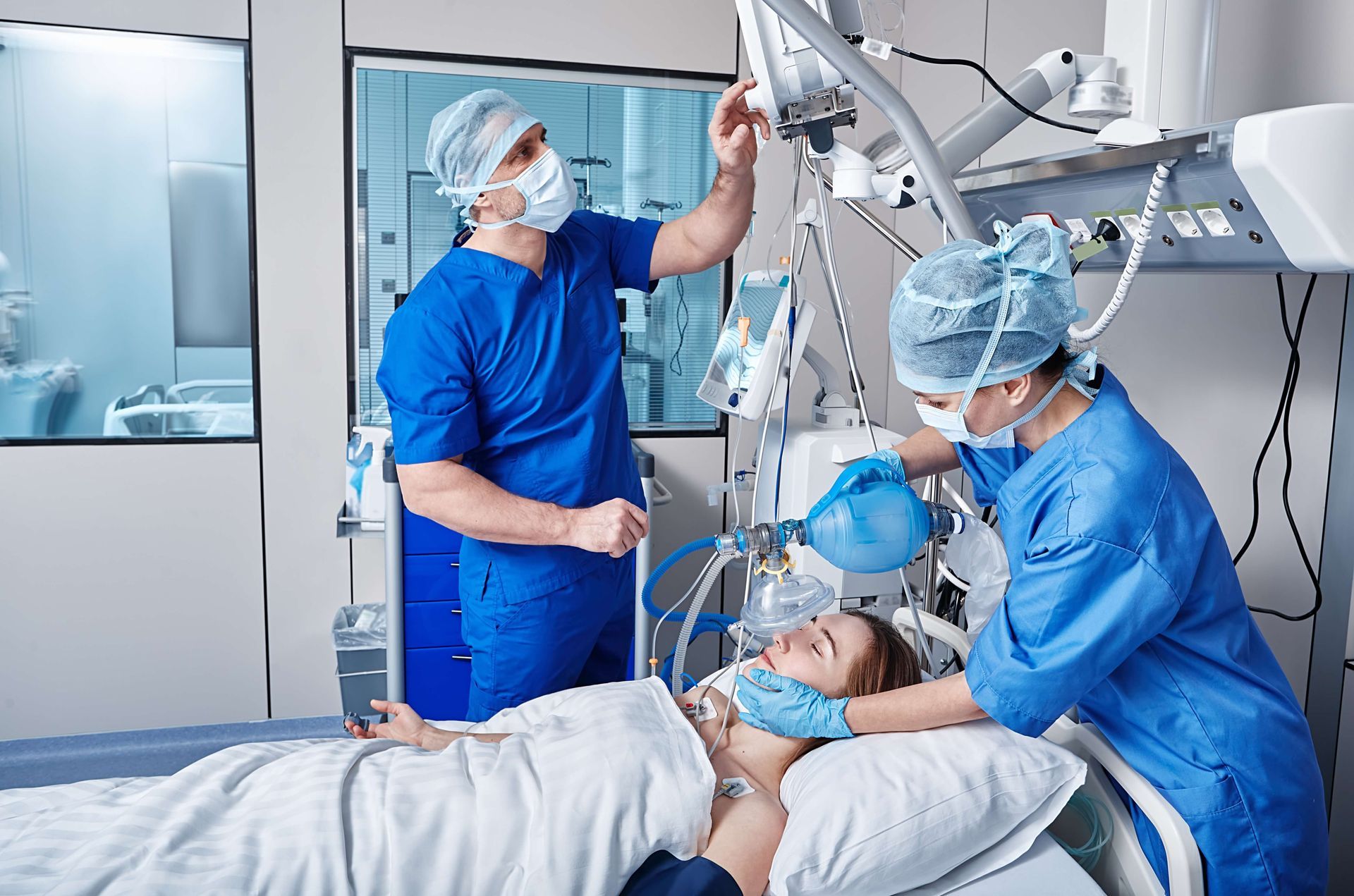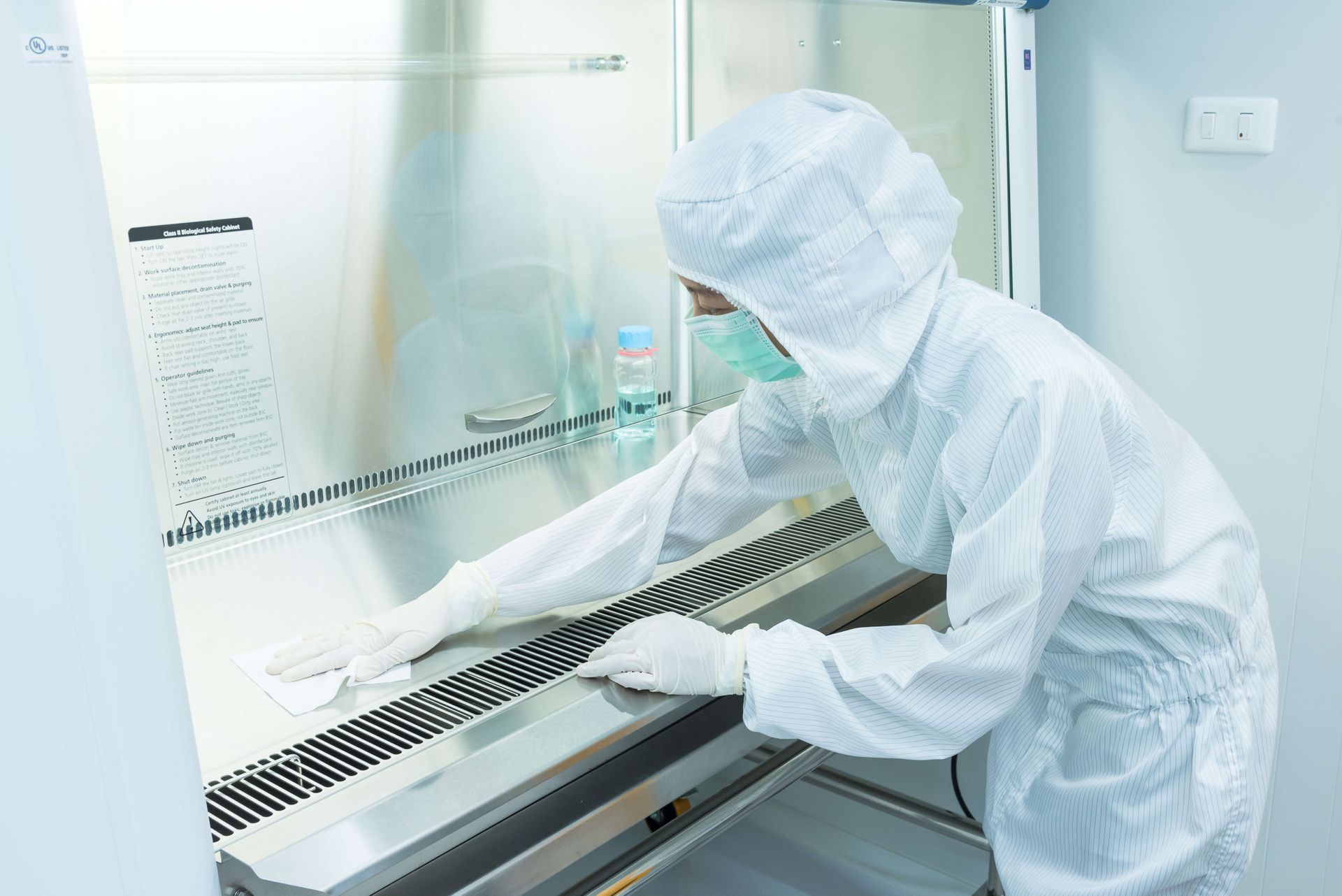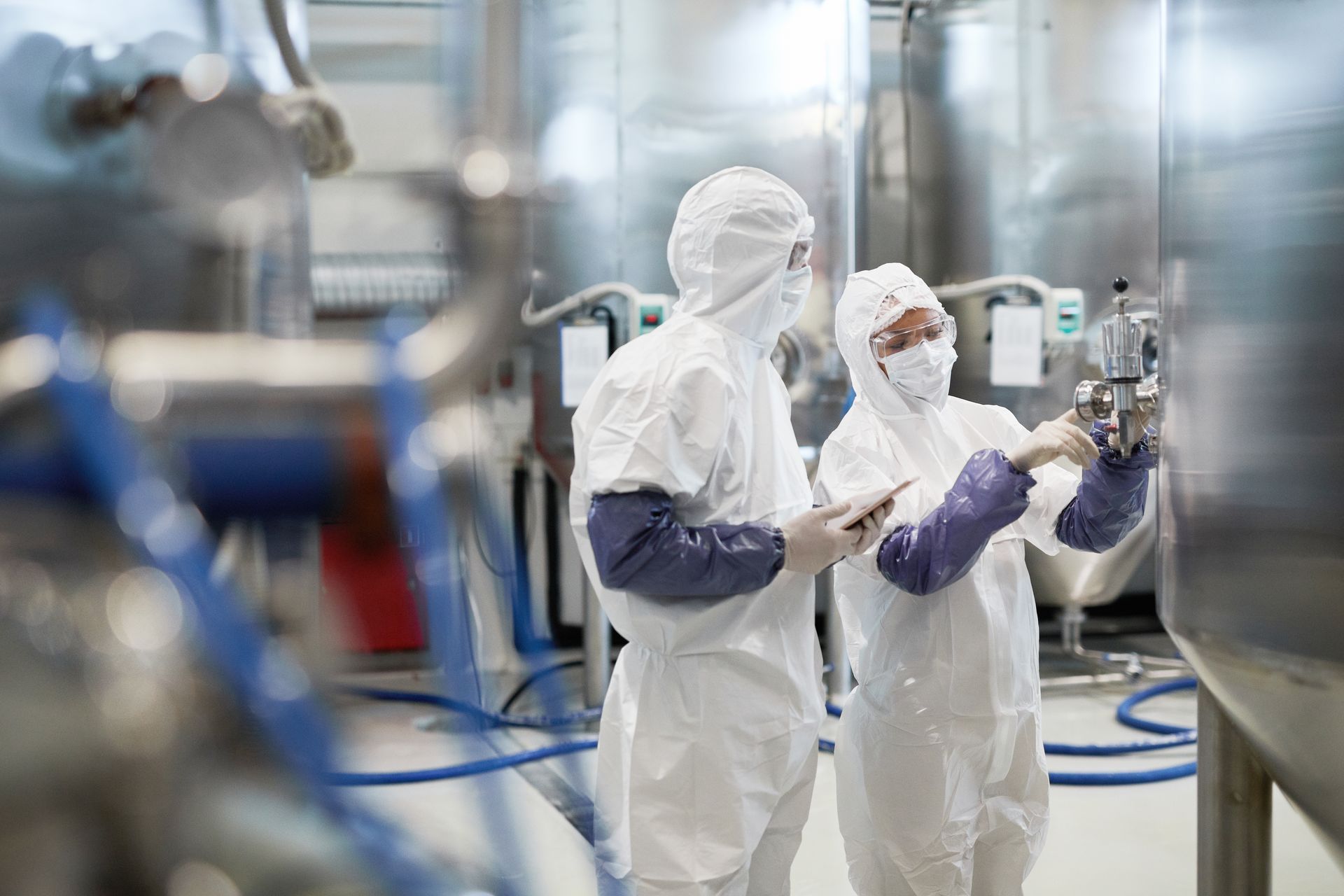The Role of Cleanrooms in Hospital and Healthcare Settings

Introduction
In the complex ecosystem of healthcare, the implementation of cleanrooms plays a crucial role in ensuring patient safety, enhancing the quality of care, and facilitating the advancement of medical research. Traditionally associated with semiconductor manufacturing and biotechnology, cleanrooms are now a vital component in hospitals and healthcare settings. This article explores the importance of cleanrooms in these environments, focusing on their design, function, and the critical standards they must meet.
Introduction to Cleanrooms in Healthcare
Cleanrooms in healthcare settings are designed to control the environmental parameters such as airborne particles, temperature, humidity, and pressure. These controlled environments are essential for activities where the presence of microbes and other contaminants can adversely affect health outcomes, such as in compounding pharmacies, operating rooms, and laboratories involved in tissue culture and in vitro fertilization.
Key Functions of Cleanrooms in Healthcare:
- Compounding Pharmacies: Cleanrooms in compounding pharmacies are critical for the preparation of sterile medications. They prevent contamination during the compounding process, ensuring that medications are safe for patient use. This is particularly crucial for injectable medications, eye drops, and other formulations that require sterility to prevent infections.
- Operating Rooms: Modern operating rooms often incorporate cleanroom technology to maintain ultra-clean environments, reducing the risk of surgical site infections (SSIs). These infections are a significant concern in surgeries involving implants and highly invasive procedures where the infection risk is high.
- Medical Device Manufacturing: The production of medical devices, particularly implants and surgical instruments, requires cleanroom facilities to prevent contamination that could lead to infections or device failures. These environments ensure that products meet regulatory standards for sterility and safety.
- Research and Development: Cleanrooms are indispensable in biotechnological research and the development of pharmaceutical products. They provide the controlled environments necessary for conducting experiments that require manipulation of organisms and materials sensitive to environmental contaminants.
Design and Standards
The design of cleanrooms in healthcare is governed by stringent standards to ensure they effectively control environmental parameters. Key standards include:
- ISO 14644 and EU GMP Standards: These standards specify the air cleanliness class required for different types of cleanrooms. Healthcare cleanrooms typically operate at ISO Class 7 or better, depending on the specific activities performed within them.
- USP Standards: In the United States, USP Chapter <797> provides guidelines for the compounding of sterile preparations, detailing the requirements for cleanroom design, environmental monitoring, and personnel qualifications.
- HEPA Filtration: High-Efficiency Particulate Air (HEPA) filters are crucial in healthcare cleanrooms, capturing at least 99.97% of particles 0.3 microns in diameter or larger. This level of filtration is essential for removing bacteria and other airborne contaminants.
Challenges in Healthcare Cleanrooms
Operating a cleanroom in a healthcare setting presents unique challenges:
- Cost and Complexity: The construction and maintenance of cleanrooms are costly, requiring specialized equipment and materials. Additionally, the operational costs are high due to the need for ongoing environmental monitoring and strict adherence to cleaning protocols.
- Regulatory Compliance: Healthcare facilities must navigate a complex landscape of regulations that vary by country and region. Keeping up with changes in standards and ensuring compliance require dedicated resources and continual training of personnel.
- Balancing Accessibility with Containment: In hospital settings, there is often a need to balance the restrictive nature of cleanrooms with the need for patient and staff accessibility. This can complicate the design and operational protocols of cleanrooms in these environments.
Conclusion
The integration of cleanroom technology in healthcare settings is a testament to the sector's evolution towards higher standards of patient care and product safety. By providing controlled environments, cleanrooms help prevent infections, ensure the safety of medications and medical devices, and support cutting-edge research and development. As medical science advances, the role of cleanrooms in hospitals and healthcare facilities is likely to grow, underscoring their importance in the critical mission of saving lives and improving health outcomes.
Read more: All About Cleanrooms - The ultimate Guide






